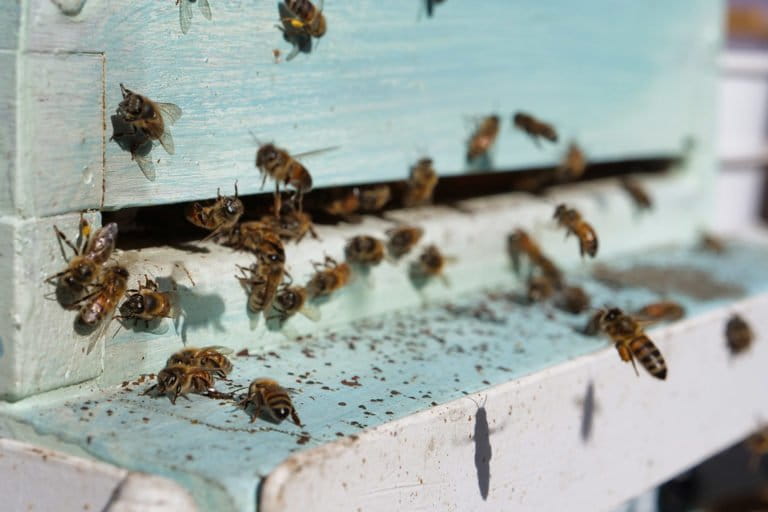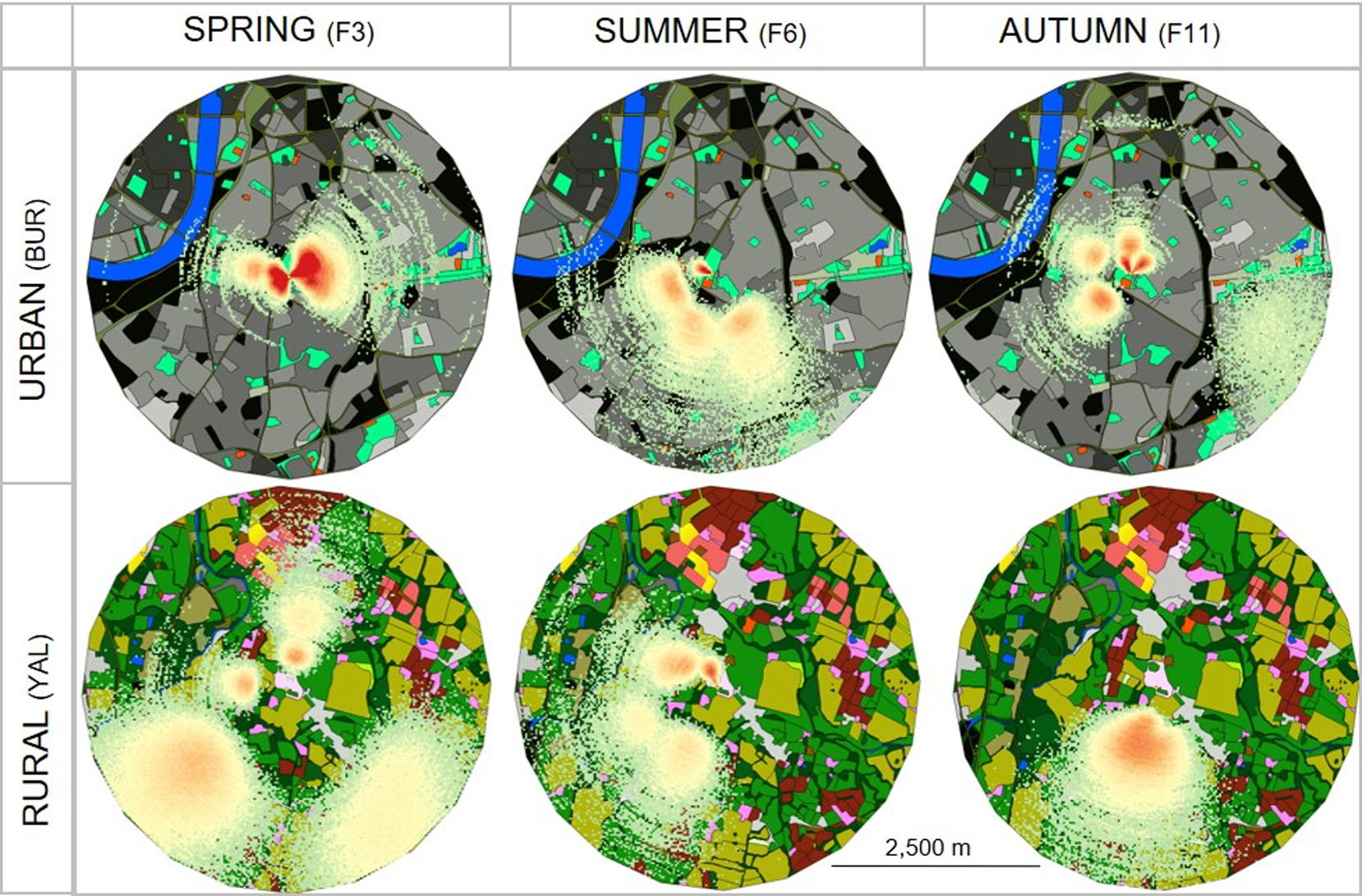Honey bees find food more easily in cities, thanks to abundant urban gardens
Nov 15, 2021
- In London, western honey bees travel shorter distances to find their meals in metropolitan areas than in agricultural ones.
- A rich supply of gardens and decorative flowers provides ample nectar close to urban hives.
- Adding native flowers and similar foraging hotspots near open fields would help support bees in intensively farmed areas.
Despite living in a concrete jungle, London’s urban bees fly shorter distances to feast on nectar-rich flowers than their neighbors in the countryside—a counterintuitive discovery explained by the many lush gardens in the city, researchers reported recently in the Journal of Applied Ecology.
Urban beekeeping has become more popular, as city residents look for ways to support bee populations. However, established beekeepers in London now claim that flower food stops are overcrowded. Questioning whether this is true, biologist Ash Samuelson at Royal Holloway University and their team set out to compare the distances traveled by urban honey bees on their foraging flights with the flights of rural bees.

To do so, the scientists translated nearly 3,000 “waggle dances,” the unique body language sequences bees use inside the hive to advertise foraging successes—like insect Yelp reviews. Full of nectar, a returning worker lands on the honeycomb, flies forward a short distance, cuts to the left, and loops back to the starting point. She then repeats this choreography, this time cutting to the right, while other bees watch from the crowd. Previous researchers converted the lengths and angles of these dances into distances and directions to food sources.
Through a glass-sided beehive, the team observed western honey bees (Apis mellifera) describe foraging flights to workers in 20 colonies—10 in London, and 10 in rural farmland. Translating the “conversations” allowed the scientists to compile an array of food sites.
Samuelson clustered the sites to create maps showing the likely destinations for the workers. Because the waggle interpretations are not exact, the maps show a range of possible foraging sites. Past research attempts had used only one or two hives, making Samuelson’s experiment the first to compare flight distances so thoroughly.

The results were striking: Urban bees flew an average of 492 meters to reach food, while rural bees traveled a whopping 743 meters— about 50 percent more distance and work. “The difference was so pronounced. That’s unusual to see such an obvious difference between the two site types,” said senior author Elli Leadbeater of Royal Holloway University.
Sampling the nectar quality from some returning workers showed that the bees did not fly farther just to reach richer, more valuable nectar sources. Instead, “They’re going farther to get basically the same quality of food,” said Morgan Carr-Markell, an entomologist at Harvey Mudd College in Claremont, California, who was not involved in the research. “That’s not good for the colony because it means [the bees are] expending more energy.”

Rural bees probably have to fly farther to find flowers because of how farms work: huge fields of crops that bloom at the same time, for only a short while. In contrast, urban areas burst with year-round landscaped flowers and devoted spaces for gardens. To help bees in farming areas, the researchers suggest landowners could add non-crop flowers to their fields, like wildflower strips.
Because honey bees are generalists, meaning they sip from many floral cups, these findings don’t apply to “specialist” pollinators, which feed on a particular nectar source. Many wild bees, which are dying off in some areas, are specialists. Domesticated honey bees are important pollinators, but Leadbeater said wild pollinators also need support to thrive.
“The fact that the intensively farmed countryside seems to be worse for bees than the very center of London… I think that’s quite a stark message,” Leadbeater told Mongabay. “The idea that we have to do something to make the countryside more diverse is key.”

Citation:
Samuelson, A., Schürch, R., Leadbeater, E. (2021). Dancing bees evaluate central urban forage resources as superior to agricultural land. Journal of Applied Ecology, 14011. doi:10.1111/1365-2664.14011
Jude Coleman (@JudeLB_Coleman) is a graduate student in the Science Communication program at the University of California, Santa Cruz. Other Mongabay stories produced by UCSC students can be found here.